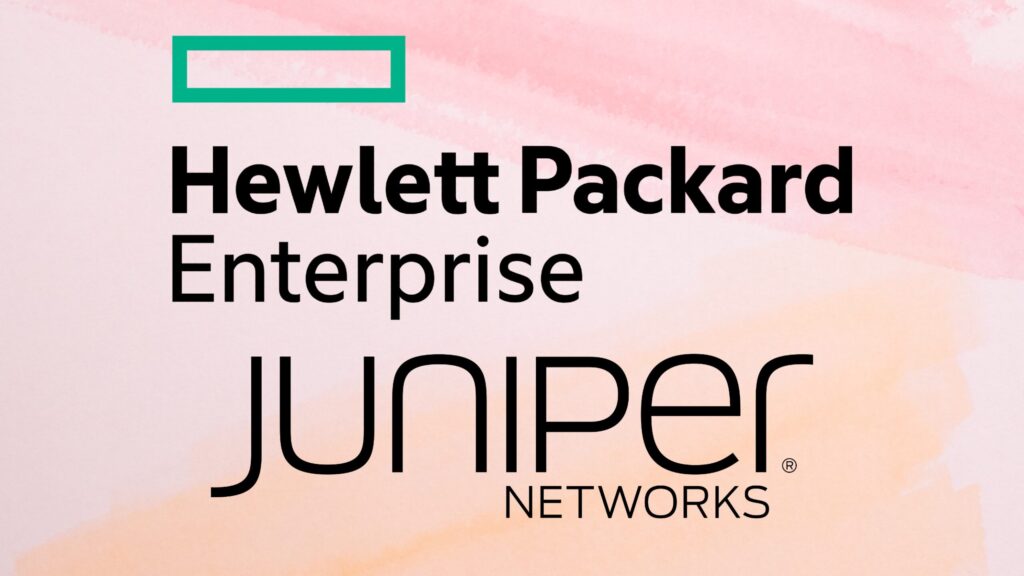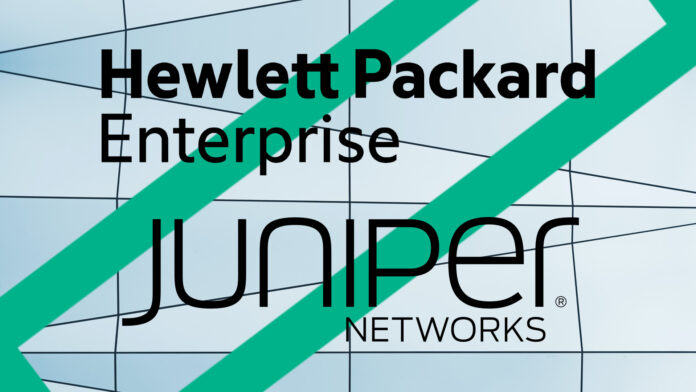DoJ conditions on HPE’s Juniper buy include a stipulation that a license for AI Ops for Mist’s source code must be auctioned
Just days after settling on terms with the U.S. Department of Justice’s Antitrust Division, HPE has officially closed on its $14 billion purchase of Juniper Networks.
The combined company is being positioned as better able to capture the AI and hybrid cloud market, with a “comprehensive portfolio of networking options” in more high-value growth areas, putting a full-stack, cloud-native and AI-native IT approach front and center, while emphasizing its offerings as an “modern network architecture alternative.”
“Today begins a new era for HPE – we are now at the epicenter of the transformation of IT, where AI and networking are converging,” said Antonio Neri, president and CEO of HPE. “In addition to positioning HPE to offer our customers a modern network architecture alternative and an even more differentiated and complete portfolio across hybrid cloud, AI, and networking, this combination accelerates our profitable growth strategy as we deepen our customer relevance and expand our total addressable market into attractive adjacent areas. We look forward to welcoming the Juniper team to HPE.”
HPE says that the transaction doubles the size of its networking business. Former Juniper Networks CEO Rami Rahim will now lead the combined HPE Networking business. There will be two branded options within that segment: HPE Aruba Networking and HPE Juniper Networking.

After a call with press and analysts in which Neri and Rahim were asked about a range of things, including integration of products, 650 Group co-founder and analyst Chris DePuy noted in a blog post that: “As for what this acquisition does for the HPE’s competitiveness, on a proforma basis, HPE is now a participant in several new cateogries, including Next Generation Firewall and Service Provider Routing, and has a larger presence in several others, including Enterprise-class Wireless LAN (WLAN), Campus Ethernet Switching, Data Center Ethernet Switching, Enhanced Network Access Control (ENAC), SSE/SASE and SD-WAN.”
HPE says that the combined company will “offer secure, AI-native solutions with the ability to collect, analyze, and act on insightful network data across a broader installed base.” Neri has specifically said that the acquisition will “accelerate HPE’s ability to grow in the AI data center, service provider and cloud segments.”
HPE also expects that the deal will deliver at least $450 million in annual cost savings within three years.
The DoJ had initially sued to block HPE’s acquisition of Juniper in January of this year, warning that the tie-up of the second- and third-largest vendors in the enterprise-grade WLAN market would leave HPE and Cisco controlling more than 70% of the sector — severely limiting competition. HPE’s concessions ultimately allowed it to avoid a trial that had been scheduled to start on July 9 and instead close the deal rapidly after the terms were agreed upon.
The deal with DoJ puts a number of conditions on HPE, including:
-Divestment of its Instant On campus and branch WLAN business, including all of the business’ assets, intellectual property, R&D personnel and customer relationships, to a DOJ-approved buyer within 180 days. On the call with analysts, the Instant On revenues were categorized as “very small”.
-The merged firm must license certain Juniper software to independent competitors, to ensure that the software will be available to competitive rivals.
-HPE has to hold an auction to license Juniper’s AI Ops for Mist source code—an important component in modern WLAN systems. “The license will be perpetual, non-exclusive, and include optional transitional support and personnel transfers to facilitate competition,” DoJ said.

